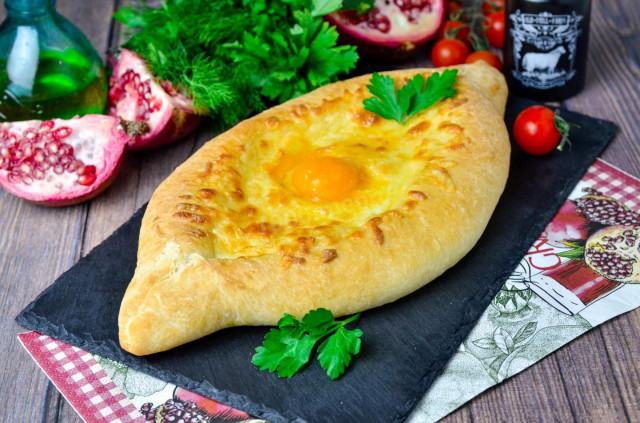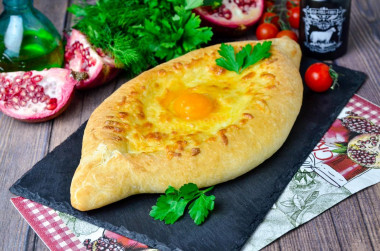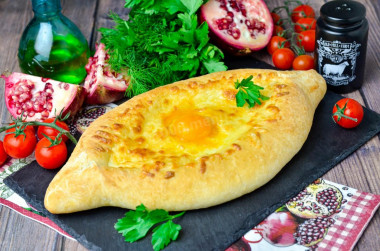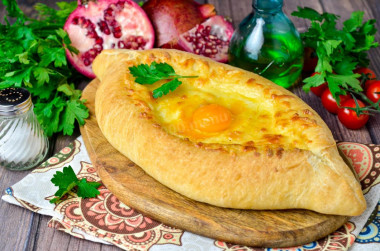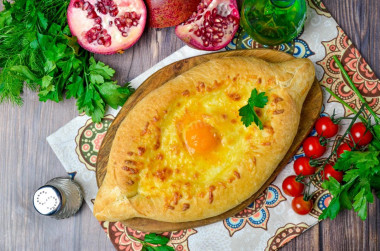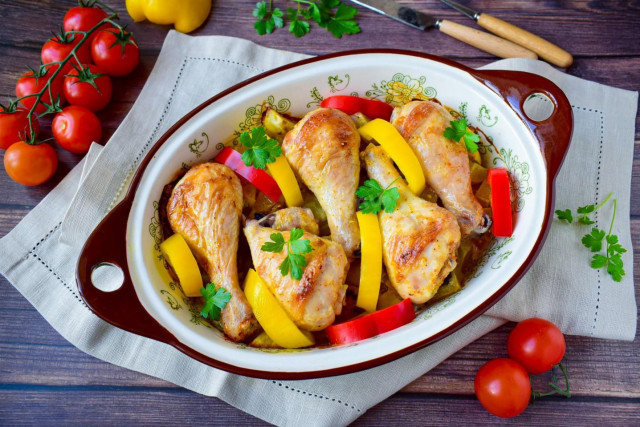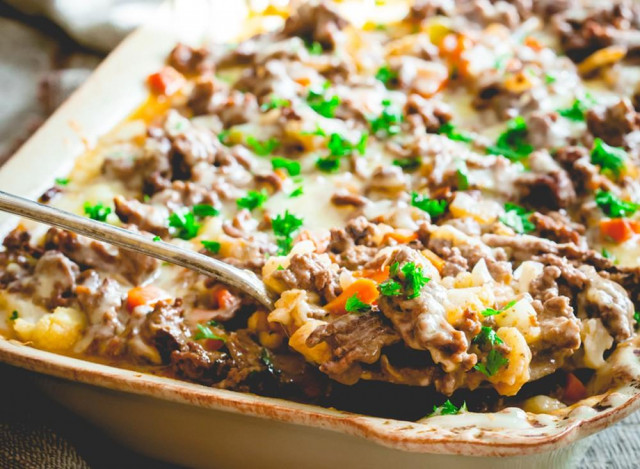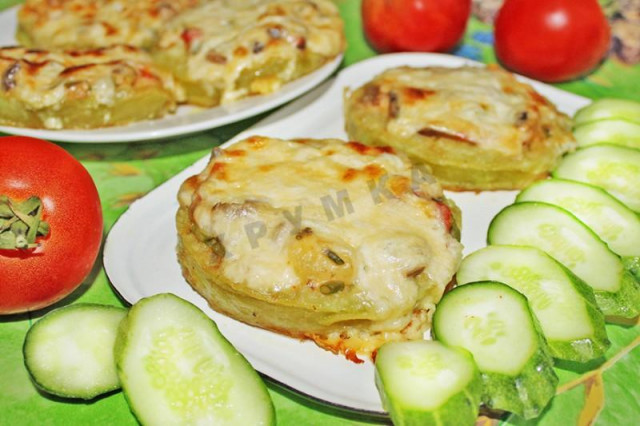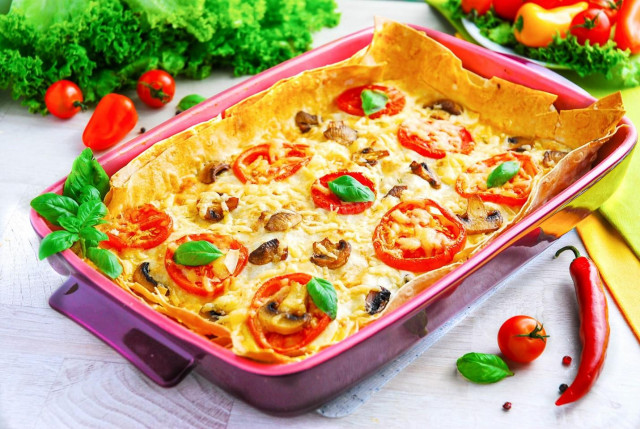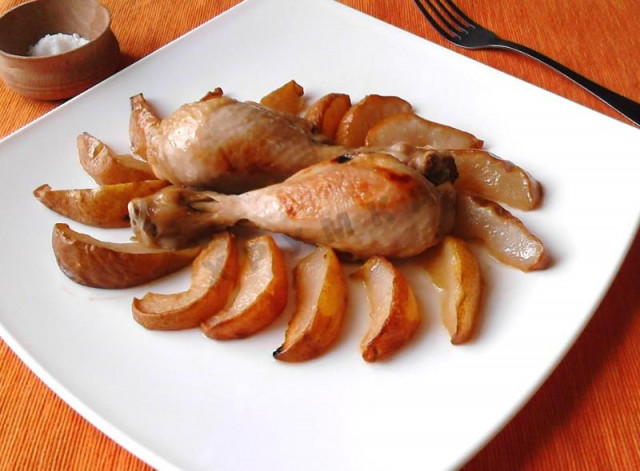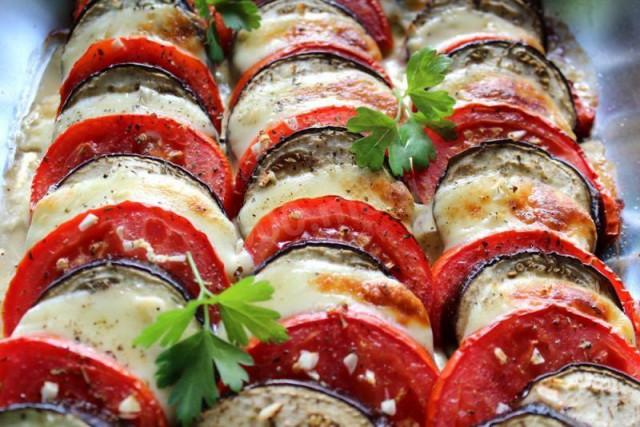Composition / ingredients
Step-by-step cooking
Step 1:
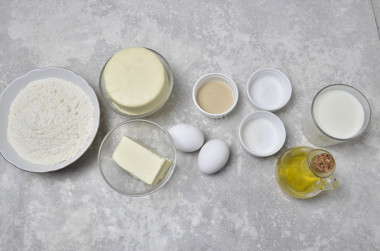
How to make Adjarian khachapuri with suluguni cheese in the oven? Prepare the products. Milk is suitable for any fat content. Choose natural, high-quality cheese, without vegetable fats. Vegetable oil — refined, odorless.
Step 2:
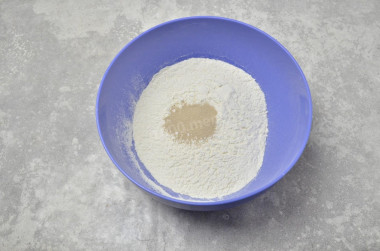
Take a large bowl and sift flour into it. It is important to sift the flour to saturate it with oxygen. Then the baking will turn out to be airy and will rise well when baking. Pour sugar, salt and dry yeast into it. Mix it up. Preheat the milk to a warm state, at a temperature of 37-38 degrees. It will become pleasant to the touch. Start pouring the milk into the flour, kneading the dough with a fork. Then pour in the vegetable oil.
Step 3:
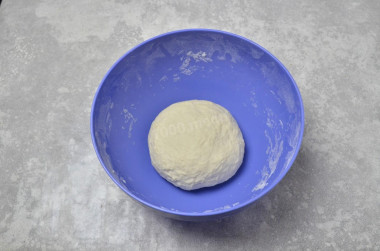
Continue kneading with your hands. To prevent the dough from sticking to your hands, you can lubricate them with vegetable oil. The dough will quickly become homogeneous and gather into a lump. Be prepared for the fact that flour may need more or less than indicated in the recipe. Focus not on the amount of flour, but on the desired consistency of the dough. I added a little more milk in the process of kneading, as the dough turned out to be steep.
Step 4:
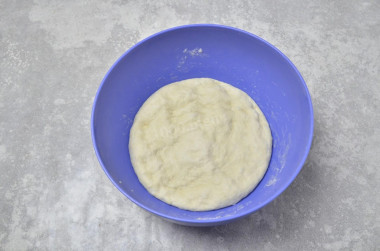
The dough should turn out soft, do not score it with flour, otherwise khachapuri may turn out hard. Cover the bowl with the dough and put it in a warm place to rise for 1 hour. I put the bowl in the non-working oven. During this time, the dough will grow in volume. Knead it and put it away for another 30 minutes.
Step 5:

While the dough finally fits, prepare the filling. To do this, grate the cheese on a coarse grater.
Step 6:
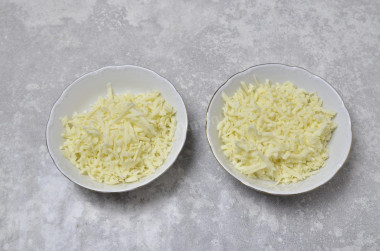
Divide the cheese into two parts for two khachapuri.
Step 7:
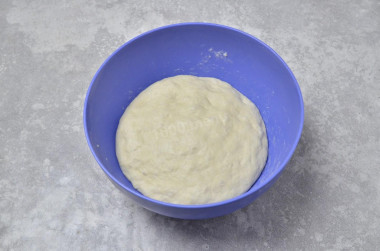
Meanwhile, the dough will grow a little more. Divide it into two parts.
Step 8:
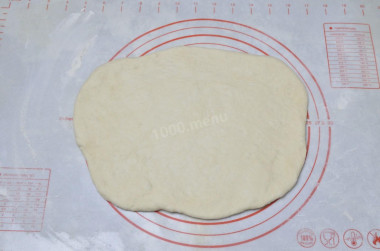
Dust the work surface with flour. Put one part of the dough on it and roll it out into an oblong layer 5-7 mm thick.
Step 9:
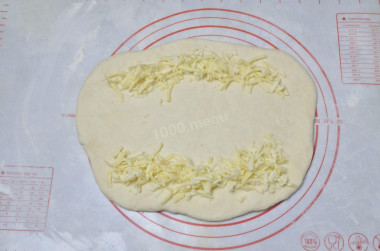
Lay out the cheese strips on the long edges.
Step 10:
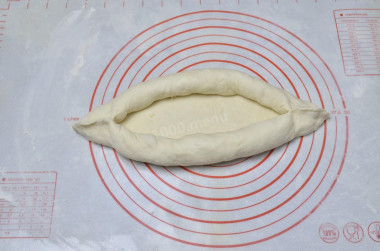
Twist the edges, wrapping the cheese, on both sides. Pinch the ends of the harnesses, and straighten the middle, forming a boat. Similarly, make khachapuri from the second part.
Step 11:
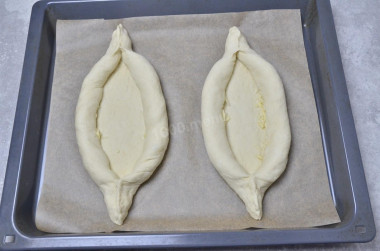
Cover the baking sheet with baking paper. Lay out the dough pieces at a distance from each other, as they will grow in size during baking.
Step 12:
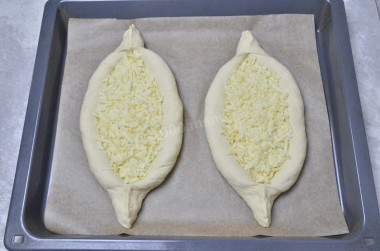
Put the cheese in the middle of the boats.
Step 13:
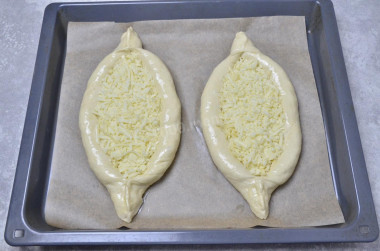
Melt a small piece of butter in the microwave or on the stove. Lubricate the edges of the boats with it.
Step 14:
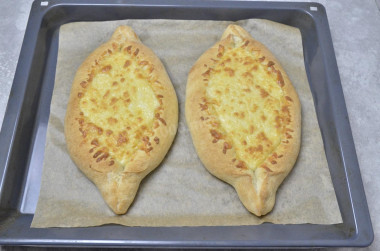
Put the baking sheet in the oven, preheated to 180 ° C. Bake khachapuri until golden brown, 15-20 minutes. The exact time will depend on the characteristics of your oven.
Step 15:
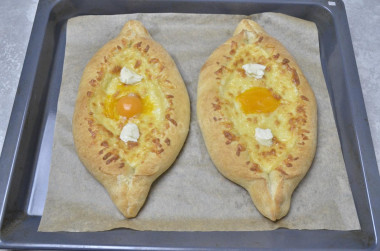
Take out the finished khachapuri. In the center, make a small hole with a fork and pour the yolk into it (in some recipes, pour the whole egg, but then you will need to bake the khachapuri for another 5 minutes in the oven). Arrange the pieces of butter around the edges of the yolk. Immediately serve the khachapuri to the table.
Step 16:
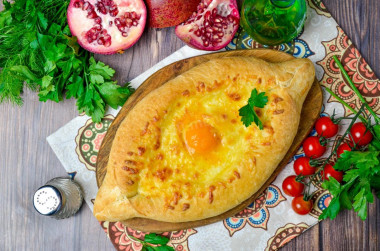
One khachapuri is enough for two servings. They eat it with their hands, breaking off pieces of dough and dipping them into melted cheese and yolk. Enjoy your meal!
Be sure to wash the eggs before use, as even the seemingly clean shell may contain harmful bacteria. It is best to use food detergents and a brush.
The liquid in which yeast is bred should be pleasant to the touch, no higher than 40 degrees. Why is this important? In a warm environment, yeast is well activated, in a hot one it will die, and in a cold one it simply will not work. To avoid unpleasant surprises, check the yeast before mixing with the rest of the ingredients. Pour a little warm milk into a bowl, stir in the yeast. Cover the bowl with a kitchen towel and put it in a warm place without drafts for 10-15 minutes. During this time, a foam yeast cap should appear on the surface of the sponge. If this did not happen, then the fermentation process has not started (the yeast is overdue or spoiled). In this case, it is worth taking other yeast, otherwise baking will not work.
Keep in mind that everyone's ovens are different. The temperature and cooking time may differ from those specified in the recipe. To make any baked dish successful, use useful information about the features of ovens !
Caloric content of the products possible in the composition of the dish
- Whole cow's milk - 68 kcal/100g
- Milk 3.5% fat content - 64 kcal/100g
- Milk 3.2% fat content - 60 kcal/100g
- Milk 1.5% fat content - 47 kcal/100g
- Concentrated milk 7.5% fat content - 140 kcal/100g
- Milk 2.5% fat content - 54 kcal/100g
- Whole durum wheat flour fortified - 333 kcal/100g
- Whole durum wheat flour, universal - 364 kcal/100g
- Flour krupchatka - 348 kcal/100g
- Flour - 325 kcal/100g
- Granulated sugar - 398 kcal/100g
- Sugar - 398 kcal/100g
- Butter 82% - 734 kcal/100g
- Amateur unsalted butter - 709 kcal/100g
- Unsalted peasant butter - 661 kcal/100g
- Peasant salted butter - 652 kcal/100g
- Melted butter - 869 kcal/100g
- Vegetable oil - 873 kcal/100g
- Camembert cheese with 50% fat content - 291 kcal/100g
- Moobacher cheese - 350 kcal/100g
- Saint-agur cheese - 369 kcal/100g
- Sirius Camembert cheese - 294 kcal/100g
- Salt - 0 kcal/100g
- Egg yolks - 352 kcal/100g
- Dry yeast - 410 kcal/100g

